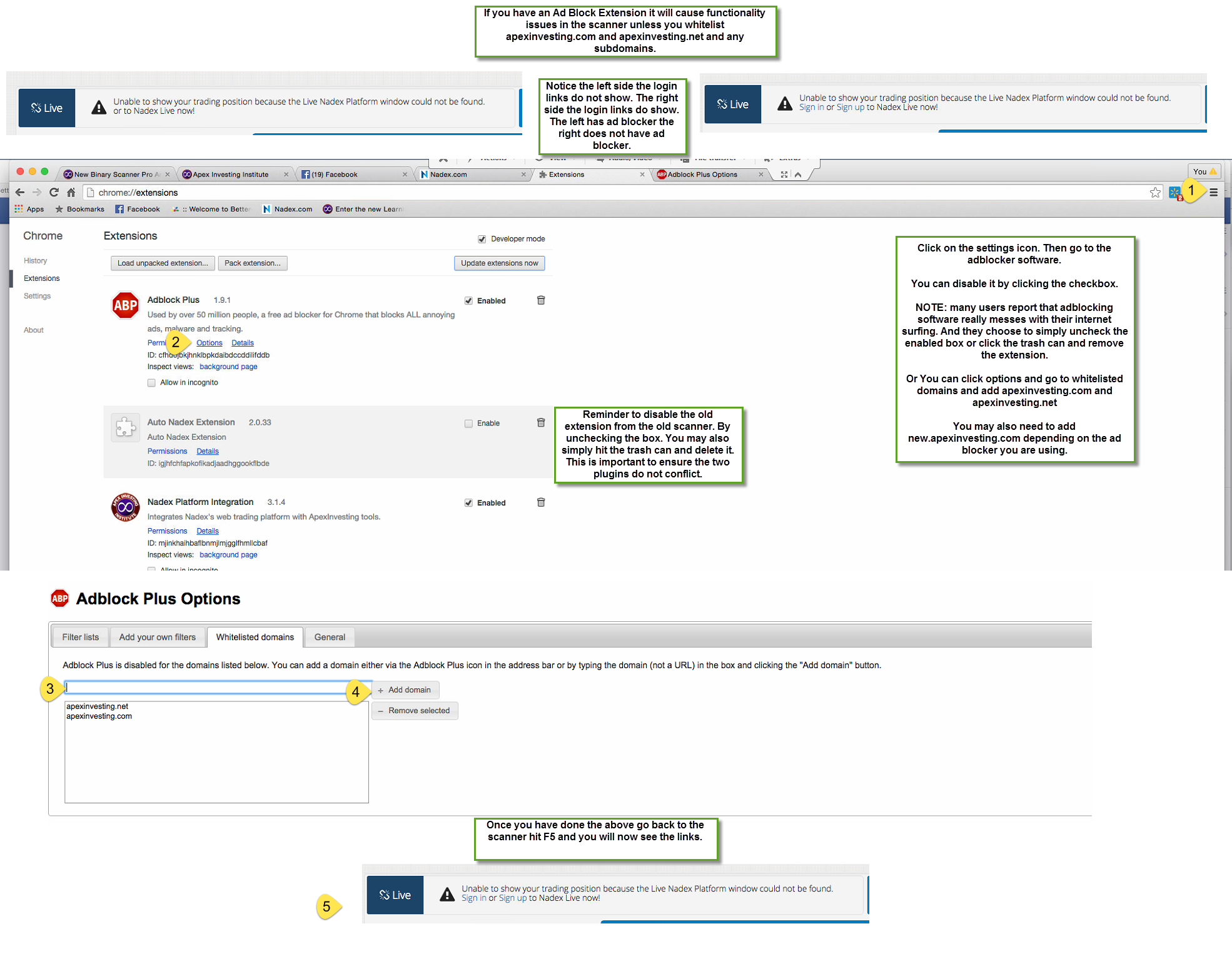-
New Binary Release For Mac카테고리 없음 2020. 2. 9. 03:39
Mac OS X Binary Release. We recommend MacPorts which custom builds ImageMagick in your environment (some users prefer Homebrew). Download MacPorts and type: sudo port. Without such software, even to add support for one new type of binary format, you would have to add code to the core Mac OS X kernel and recompile the kernel, making the exercise rather painful, time consuming, and inconvenient. In contrast, XBinary is a configurable facility that can be dynamically loaded and unloaded on a stock operating system. Vaa3D binary release v3.200 for Windows, Mac, and Linux (CentOS and Ubuntu) The new release comes with 100+ (130+ for Linux) plugins / tools for neuroinformatics, Big Data, neuroimaging, etc.
Unix Binary Release These are the Unix variations that we support. If your system is not on the list, try installing from. Version HTTP FTP Description ImageMagick-6.4.5-3.i386.rpm Fedora Core 9 i386 RPM ImageMagick-6.4.5-3.x8664.rpm Fedora Core 9 x8664 RPM ImageMagick-sparc-sun-solaris2.10.tar.gz Solaris Sparc 2.10 ImageMagick-i386-unknown-freebsd6.2.tar.gz FreeBSD 6.2 ImageMagick-i686-pc-cygwin.tar.gz Cygwin ImageMagick-i686-pc-mingw32.tar.gz MinGW ImageMagick RPM's are self-installing. Simply type the following command and you're ready to start using ImageMagick: rpm -Uvh ImageMagick-6.4.5-3.i386.rpm For other systems, create (or choose) a directory to install the package into and change to that directory, for example: cd $HOME Next, extract the contents of the package. For example: tar xvfz ImageMagick.tar.gz Set the MAGICKHOME environment variable to the path where you extracted the ImageMagick files. For example: export MAGICKHOME='$HOME/ImageMagick-6.4.5' If the bin subdirectory of the extracted package is not already in your executable search path, add it to your PATH environment variable.
For example: export PATH='$MAGICKHOME/bin:$PATH' On Linux and Solaris machines set the LDLIBRARYPATH environment variable: export LDLIBRARYPATH='$MAGICKHOME/lib' Finally, to verify ImageMagick is working properly, type the following on the command line: convert logo: logo.gif identify logo.gif display logo.gif Congratulations, you have a working ImageMagick distribution under Unix or Linux and you are ready to use ImageMagick to your images or perhaps you'll want to use one of the for C, C, Perl, and others. Mac OS X Binary Release We provide a Mac OS X binary distribution, however, if you already have installed on your system, simply type: sudo port install ImageMagick The port command downloads ImageMagick and many of its delegate libraries (e.g. JPEG, PNG, Freetype, etc.) and configures, builds, and installs ImageMagick automagically. Alternatively, download the ImageMagick Mac OS X distribution we provide: Version HTTP FTP Description ImageMagick-universal-apple-darwin9.5.0.tar.gz Mac OS X Leopard 10.5 Create (or choose) a directory to install the package into and change to that directory, for example: cd $HOME Next, extract the contents of the package. For example: tar xvfz ImageMagick-universal-apple-darwin9.5.0.tar.gz Set the MAGICKHOME environment variable to the path where you extracted the ImageMagick files.


Apple Mac New Release
For example: export MAGICKHOME='$HOME/ImageMagick-6.4.5' If the bin subdirectory of the extracted package is not already in your executable search path, add it to your PATH environment variable. For example: export PATH='$MAGICKHOME/bin:$PATH' Set the DYLDLIBRARYPATH environment variable: export DYLDLIBRARYPATH='$MAGICKHOME/lib' Finally, to verify ImageMagick is working properly, type the following on the command line: convert logo: logo.gif identify logo.gif display logo.gif Note, the program requires the X11 server available on your Mac OS X installation DVD.
New Binary Release For Mac Pro
Congratulations, you have a working ImageMagick distribution under Mac OS X and you are ready to use ImageMagick to your images or perhaps you'll want to use one of the for C, C, Perl, and others. Windows Binary Release ImageMagick runs on all recent Windows releases except Windows 95. We recommend its use on an NT-based version of Windows (NT4, 2000, 2003, XP, or Vista).

Starting with ImageMagick 5.5.7, older versions such as Windows 95 are not supported anymore. The amount of memory can be an important factor, especially if you intend to work on large images. A minimum of 256 MB of RAM is recommended, but the more RAM the better. The Windows version of ImageMagick is self-installing. Simply click on the appropriate version below and it will launch itself and ask you a few installation questions. Versions with Q8 in the name are 8 bits-per-pixel component (e.g. 8-bit red, 8-bit green, etc.), whereas, Q16 in the filename are 16 bits-per-pixel component.
New Binary Release For Mac Free
A Q16 version permits you to read or write 16-bit images without losing precision but requires twice as much resources as the Q8 version. Versions with dll in the filename include ImageMagick libraries as. If you are not sure which version is appropriate, choose.